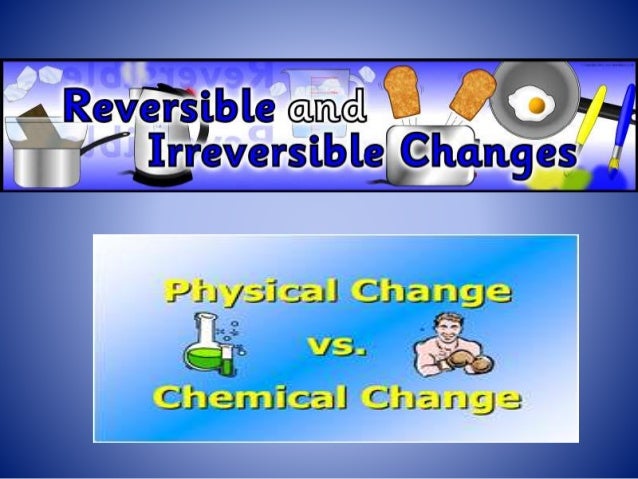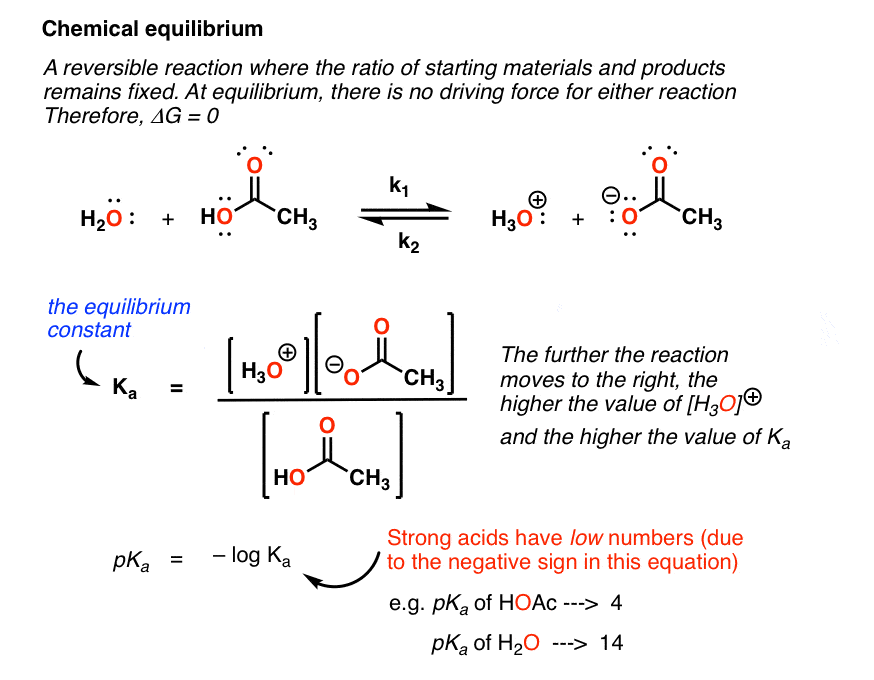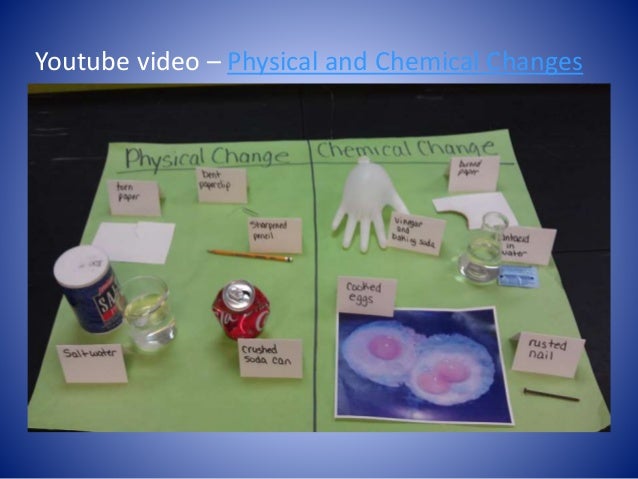

Thus, chemical changes involve the formation of new substances.Ī Physical change affects only physical properties i.e. When a substance undergoes a chemical change, its molecular composition is changed entirely. When a substance undergoes a physical change, its composition remains the same despite its molecules being rearranged. What is the difference between physical and chemical changes?ĭifferences Between Physical and Chemical Change (e) A chemical change is always accompanied by the evolution or absorption of heat. (d) Carbohydrates burn in air to give carbon and water. (c) The mass of a substance does not change on burning. (b) Photosynthesis in plants is a physical change. (a) A change, whether physical or chemical is always permanent. Indicate which of the following statements are true and which are false. One of the most important chapters of class 9 chemistry is Is Matter Around UsĪ physical change is a temporary change in which no new substance is formed and the composition or identity of the substance is not altered although certain specific physical properties may be changed.Ī chemical change is a permanent change in which the original substance gives rise to one or more substances with different properties. Four chapters comprise the class chemistry syllabus. The chemistry portion of the class 9 science syllabus includes the following chapters, Matter in Our Surroundings, Is Matter Pure Around us, Atoms and Molecules, and Structure of Atom. the water is able to change its form but the chemical composition remains the same and the action is reversible.Class 9 chemistry is part of the class 9 science syllabus. The change of water from a liquid to a solid due to the change in temperature is classed as a physical change. When the water has become a liquid again place the cup into the freezer and allow to freeze - periodically observe the freezing Place cup in direct sunlight and observe the melting process.ģ. Place a few ice cubes into the plastic cup.Ģ. Observe as water changes from solid to a liquid from and back againġ. Gasses need a lot of room and the carbon dioxide starts to fill the bottle, and keeps filling the bottle until the bottle can no longer take the pressure – that’s when the explosion occurs. Quickly shake bottle then throw away from people as far as possible – observe the explosion!īy mixing vinegar (acid) and baking soda (base) an ACID-BASE reaction occurs and the two chemicals work together to create a gas (carbon dioxide). Gently push the paper towel into the bottle and quickly replace the bottle cap.ĥ.

Roll up paper towelling so the baking soda will not fall out.Ĥ. Spread two table spoons of baking soda over a piece of paper towel.ģ. Half fill the plastic bottle with vinegar.Ģ. Addition of another drop of soap may start the process again.Įxperience how extreme chemical reactions can beġ. As the soap becomes evenly mixed with the milk, the action slows down and eventually stops.Īs the soap becomes evenly mixed with the milk, the action slows down and eventually stops. The chemical reaction began with the drop of soap! The soap disrupts the surface tension of the milk by dissolving the fat molecules found in the milk – causing the food colouring to move with the surface which streams away from the soap.

That is because food colouring is less dense than milk, so it floats on the surface, and the colours do not mix unless you manually stir the mixture. When the food colouring was placed on the surface of the milk, nothing really happened. What would happen if you add another drop of soap after the colours have stopped moving? Does the movement go on forever? What happens? What direction does the food colour move after the experiment has been running for a while?

In which directions does the food colouring move when the soap is first added? What happens when the soap has been added? What happens to the food colouring when it is first added to the milk? Using the dropper, place one drop of dish soap onto the surface of the milk in the centre of the dish - Prepare to observe Carefully place one small drop of each of the food colours on the surface of the milk – evenly spaced.ģ. Pour a layer of milk (1 cm deep) into the dish.Ģ.


 0 kommentar(er)
0 kommentar(er)
